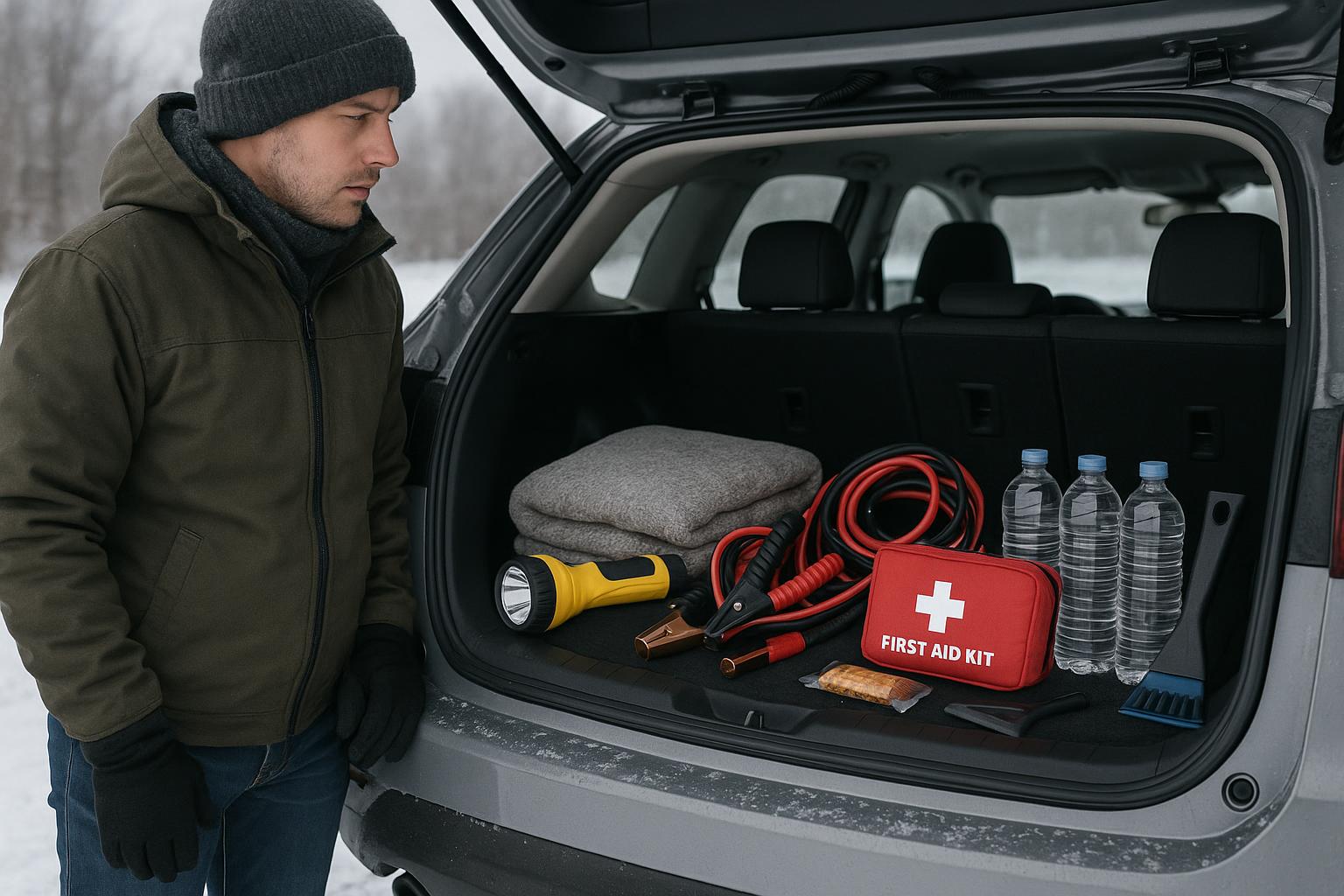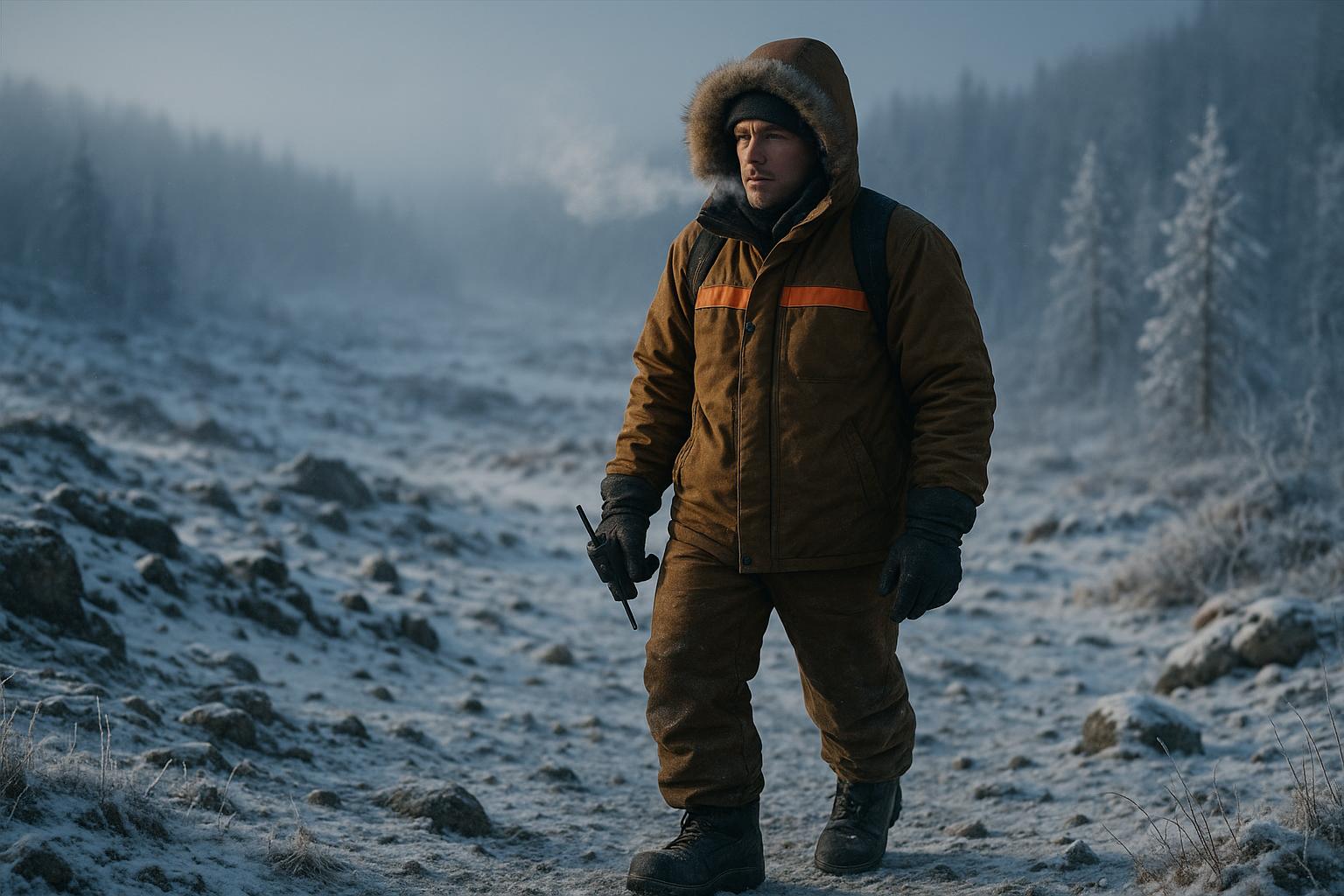Working outdoors in cold weather means facing low temperatures, wind, and moisture significantly increasing the risk of cold-related injuries. For outdoor workers, personal protective equipment, (PPE), is not just a recommendation—it’s essential. Wearing the right gear can make the difference between staying safe and succumbing to the dangers of cold stress, frostbite, or hypothermia. Let’s explore the essential cold weather PPE that keeps outdoor workers warm, comfortable, and protected.
One of the most critical components of cold weather PPE is proper insulation. Workers need to wear multiple layers to retain body heat while allowing for flexibility and movement. Thermal base layers that wick moisture away from the skin are essential for staying dry and warm. If sweat builds up, it can rapidly lower body temperature, making the risk of cold stress much higher. Over these base layers, insulated mid-layers and waterproof outer shells provide the needed protection from wind and moisture while maintaining body warmth.
Protecting the extremities is equally important. Fingers, toes, ears, and noses are particularly vulnerable to frostbite, as they are furthest from the body’s core. Insulated gloves are a must for anyone working outside, providing warmth while ensuring dexterity for handling tools and equipment. Feet should be protected with thermal socks and waterproof boots that offer slip resistance and insulation to guard against wet and icy conditions. Similarly, wearing an insulated hat or balaclava is crucial for preventing heat loss from the head, which is one of the main areas where body heat escapes.
In addition to keeping warm, visibility and safety must also be considered. Cold weather often brings low-light conditions, whether due to shorter daylight hours or inclement weather like snow and fog. High-visibility jackets or vests with reflective strips ensure that workers are seen by others, reducing the risk of accidents, particularly in environments with heavy machinery or vehicle traffic. This element of PPE is not only protective against the cold but also crucial for overall safety.
Lastly, respirators or face coverings may be necessary in extreme cold, particularly when working in environments where cold air can cause respiratory discomfort or aggravate existing conditions. Windproof and insulated face masks or balaclavas protect the respiratory system and shield the skin from frostbite and windburn.
Cold weather PPE is more than just protective clothing; it is an integral part of maintaining the health and safety of outdoor workers. By bundling up with the right layers, protecting extremities, and ensuring visibility, workers can effectively guard against the hazards of cold weather while continuing to perform their duties efficiently. Prioritizing the correct cold weather PPE ensures that workers stay warm, visible, and ready to tackle their tasks, no matter how low the temperature drops.



